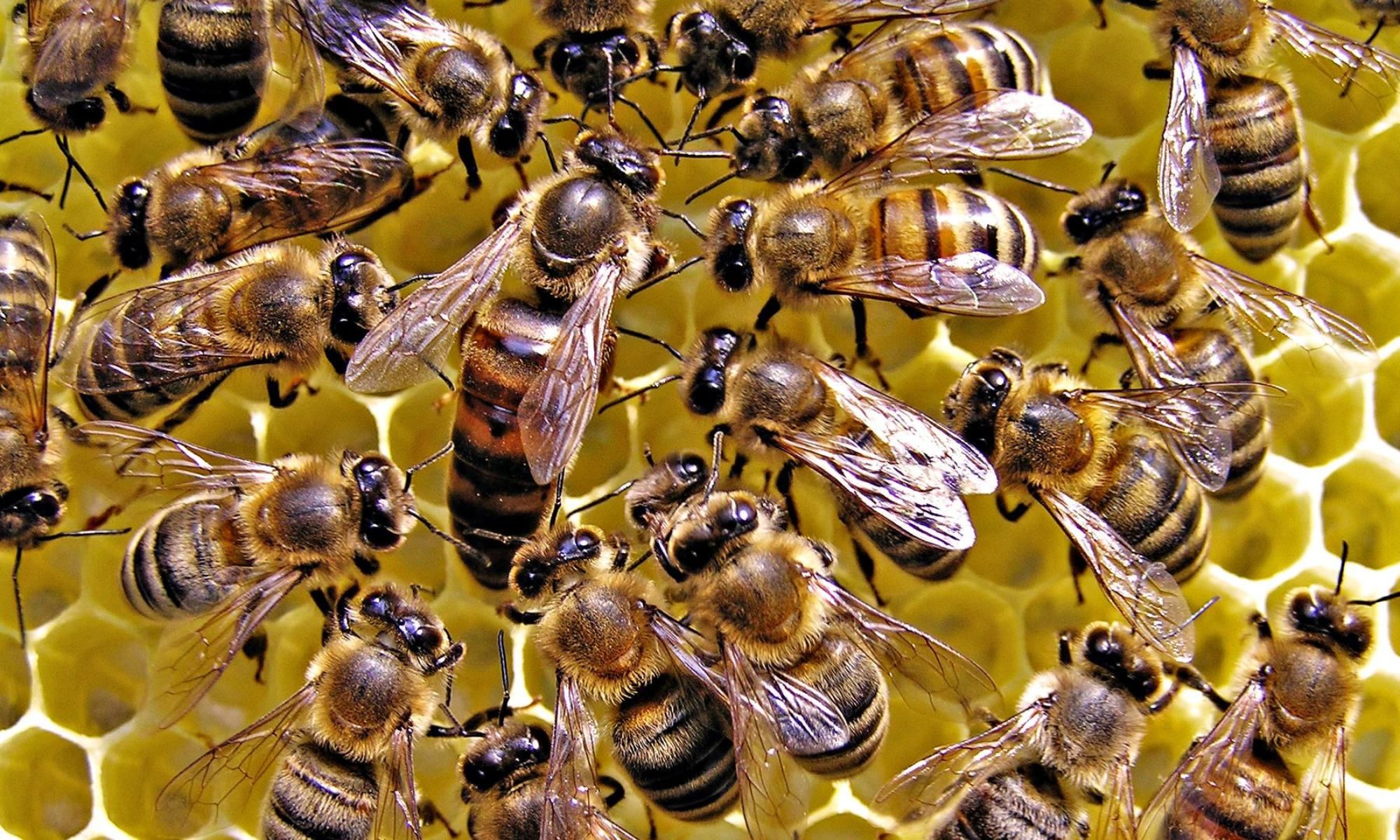If you read the post from June 28, 2017 on supercolonies, you might recall how there are multiple queens in cohorts with each other in a single supercolony. This is not only a safe way of growing their colony but also very quick and efficient. These queens, however, may not be as safe as they think.
In the honeypot ant, the council of queen ants is short-lived. Queen honeypot ants begin their journey of creating a colony together, giving birth to hordes of ants in a short period of time. When the colony has grown large enough, there are whispers of treason in the workers. For them, only one queen is necessary. Whispers turn into action, while action turns into a full-fledged coup. Worker ants band together and decide which queen they want to keep breathing. After, they murder their former queens in cold-blood, giving no thought to who their mother is.
